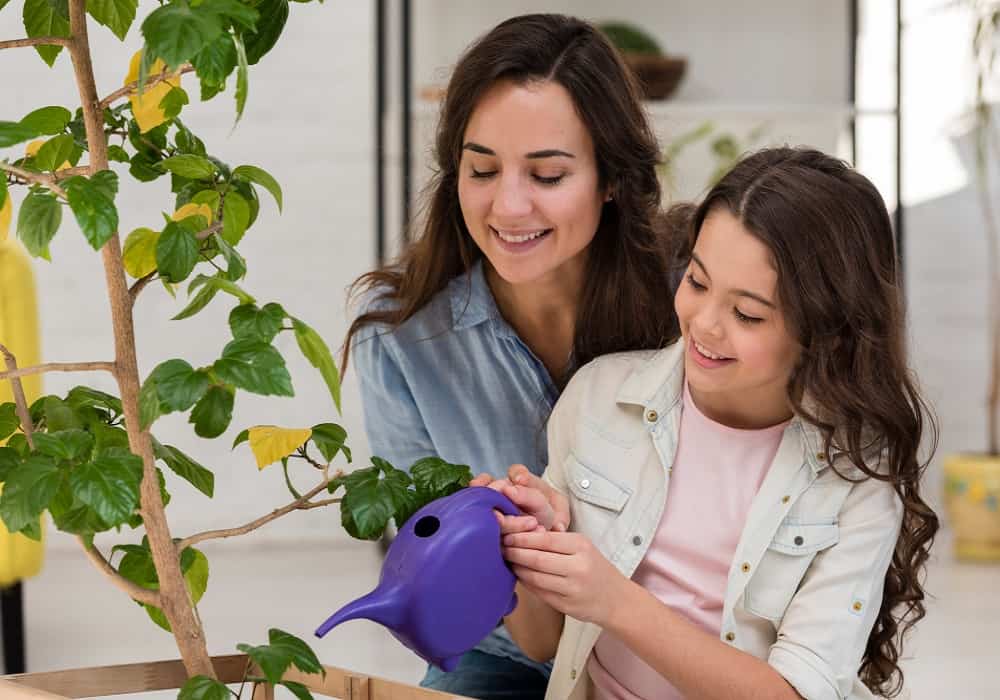Beat the Heat with Greenery: Best Tips for Indoor Gardening in Rajasthan
Indoor gardening is more than just a trend—it’s a sustainable lifestyle choice that brings freshness and tranquility into your home. In a place like Rajasthan, where scorching summers and arid conditions dominate the landscape, indoor gardening becomes not only a necessity for nature lovers but also a clever way to stay connected with greenery. Whether you live in Jaipur, Jodhpur, Udaipur, or any other city in the desert state, nurturing plants indoors is entirely possible with the right approach.
Here are some of the most effective tips for indoor gardening in Rajasthan to help you create a green oasis inside your home.
1. Choose the Right Plants for the Rajasthan Climate
One of the most important tips for indoor gardening in Rajasthan is selecting plants that can thrive in the region’s hot and dry weather. Since you’ll be growing these plants indoors, opt for hardy, low-maintenance, and drought-resistant varieties that can tolerate the heat even if it penetrates through windows.
Ideal indoor plants for Rajasthan include:
-
Snake Plant (Sansevieria): Extremely low-maintenance and survives well with little water.
-
Aloe Vera: A succulent with medicinal benefits and high heat tolerance.
-
ZZ Plant (Zamioculcas zamiifolia): Thrives in indirect light and tolerates neglect.
-
Areca Palm: Adds a tropical touch and purifies the air.
-
Pothos (Money Plant): Grows in water or soil and loves indoor environments.
2. Maximize Indirect Light Exposure
Rajasthan is known for its intense sunlight. Direct sun exposure can harm most indoor plants, causing leaf burn or wilting. To prevent this, place your plants near windows where they can receive bright but indirect light. Sheer curtains, blinds, or tinted window films can help diffuse harsh sunlight.
Pro Tip:
Rotate your pots every week to ensure even growth on all sides and avoid leggy or lopsided plants.
3. Use the Right Potting Mix
Soil plays a major role in the health of indoor plants. For Rajasthan’s dry conditions, choose a well-draining potting mix that retains enough moisture without becoming soggy. You can create your own mix using:
-
40% garden soil
-
30% compost or organic manure
-
20% sand for drainage
-
10% cocopeat for moisture retention
This combination helps roots breathe while maintaining adequate hydration—crucial in a dry state like Rajasthan.
4. Water Wisely and Mindfully
Overwatering is a common mistake, especially in hot climates where people assume plants need more water. However, too much water can lead to root rot, especially if the plant isn’t absorbing it quickly.
Watering Tips:
-
Stick your finger 1 inch into the soil. Water only if it feels dry.
-
Use self-watering pots or planters with drainage holes.
-
Water in the early morning or evening to avoid evaporation.
Humidity is low in Rajasthan, so mist your plants lightly once or twice a week to create a more humid micro-environment indoors.
5. Keep Indoor Temperatures Plant-Friendly
Though indoor plants are shielded from outdoor extremes, the indoor temperature can still fluctuate due to weather or air conditioning. Ideally, most indoor plants prefer temperatures between 18°C to 28°C.
Avoid placing plants:
-
Near air conditioners or heaters
-
On windowsills with intense sunlight
-
In front of fans or in drafty corners
Maintaining a stable environment is one of the most effective tips for indoor gardening in Rajasthan.
6. Use Planters that Suit the Climate
Your choice of pots can impact how well your indoor plants thrive. In Rajasthan’s dry conditions, clay or terracotta pots work well because they allow better airflow and prevent waterlogging. Additionally, light-colored planters help reflect heat, keeping the roots cooler.
Ensure all pots have drainage holes to prevent excess water from accumulating and causing fungal issues.
7. Nourish Your Plants with Natural Fertilizers
Indoor plants need regular feeding, especially in nutrient-deficient potting soil. Opt for organic fertilizers like:
-
Vermicompost
-
Cow dung manure
-
Banana peel water
-
Used tea leaves (without milk or sugar)
Fertilize once every 15-20 days, but avoid overfeeding, especially in summer months when plant growth may slow due to heat stress.
8. Protect Plants from Indoor Pests
Even indoors, plants in Rajasthan can suffer from pests like mealybugs, aphids, or spider mites due to dry air and occasional dust. Regular inspection and preventive measures are key.
Natural pest control tips:
-
Wipe leaves with neem oil solution (1 tsp neem oil in 1 liter of water).
-
Sprinkle turmeric near the soil to deter ants and fungal growth.
-
Use garlic or onion sprays for natural insect repelling.
9. Make the Most of Vertical Space
If your home has limited floor space or is affected by hot floors in summer, vertical gardening is a great alternative. Use wall-mounted planters, hanging baskets, or corner shelves to grow plants like:
-
Pothos
-
Ferns
-
Spider plants
-
Succulents
Vertical gardens also help in insulating your rooms, reducing indoor temperatures naturally.
10. Create a Routine and Enjoy the Process
Consistency is key when it comes to indoor gardening. Watering, cleaning, checking for pests, and rotating plants should become a part of your weekly routine. Involve your family, especially kids, to make it a fun and rewarding hobby.
Final Thoughts
Practicing indoor gardening in Rajasthan may seem challenging, but with the right techniques, it can be both rewarding and therapeutic. From choosing the right plants and containers to creating a comfortable micro-climate, every step contributes to a thriving green space.
By following these tips for indoor gardening in Rajasthan, you can enjoy a lush, leafy indoor haven all year round—even in the midst of desert heat. Whether you’re a beginner or a plant parent looking to expand your indoor jungle, these strategies will help your plants not just survive, but flourish.






